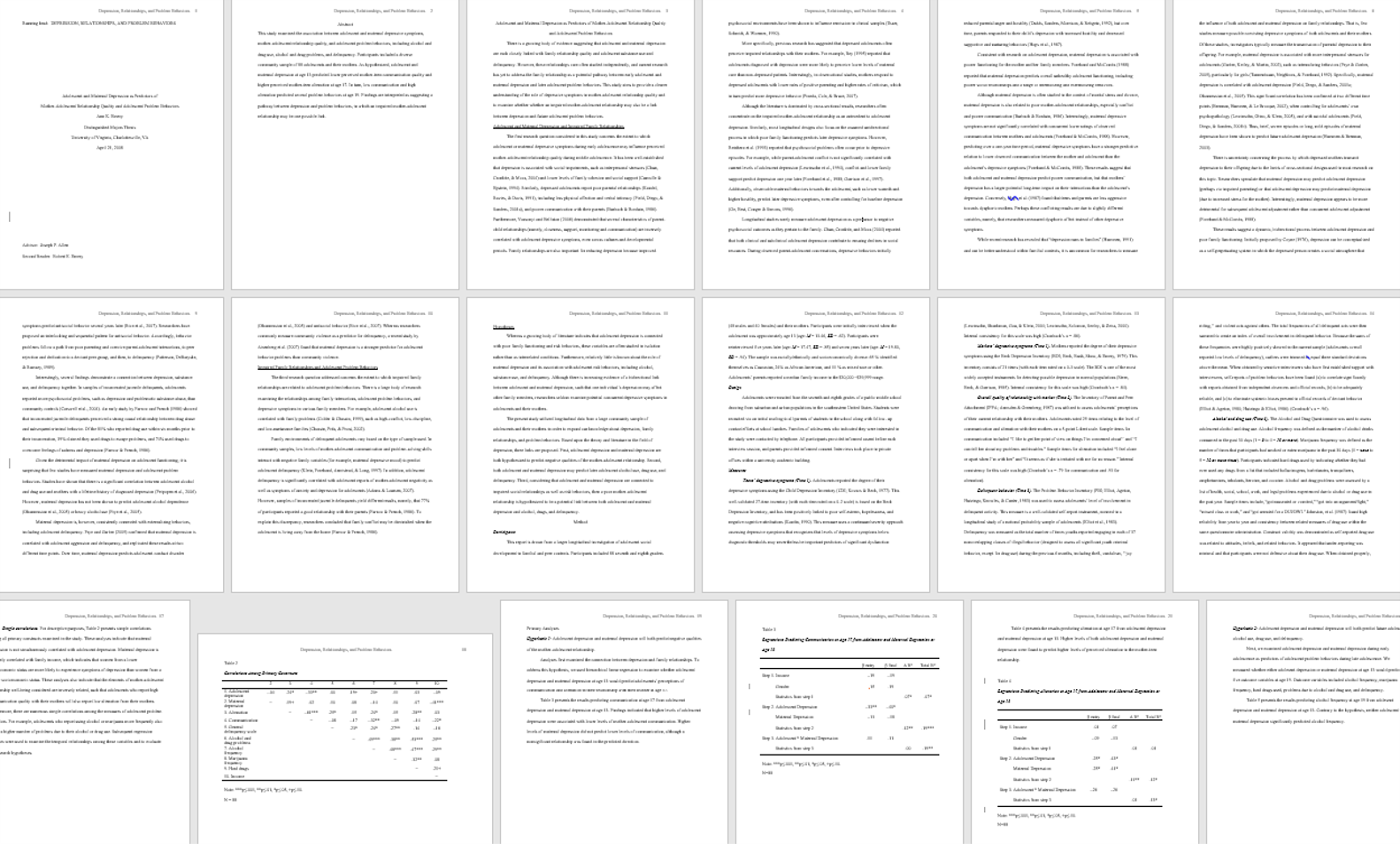

When was the last time your report influenced real-life decision-making?
I used to write lengthy reports filled with statistical jargon. Important information sat around and gathered dust.
Now I design reports people actually want to read. Fewer paragraphs. More visuals. My audience can understand the information, so the data actually gets used.
What Reports Are Supposed to Do Every Single Time
Maybe a policy maker voted differently after reading your report…
Maybe your board of directors changed your programming after reading your report…
Maybe your supervisor adjusted your budget or staffing based on your findings…
Maybe your stakeholder group formed a task force to fix the issues brought up by your report…
We’ve all had successes here and there.
But does this happen every single time?
Four Red Flags to Watch For
A dusty shelf report is a report that people refuse to read. Or they glance at it once, don’t read it all the way through, and then repurpose it as a dust collector. Here are four signs that you’ve got a dusty shelf report on your hands. (Or a dusty dashboard, dusty infographic, or dusty slideshow. Watch for these red flags with all dissemination formats.)
1. No Response
You email your report to the recipient. Or you post it on your website.
You don’t get any response. The silence is deafening.
2. A Promise to Follow Up Later
You email your report to the recipient. They respond!
But the response is, “Thanks. We received the report. We’ll follow up later if we have any questions.”
This is not use! This is not engagement! We can do better.
3. “Compliments”
You email your report to the recipient. They respond!
But the response is, “Thanks. We received the report. We’ll follow up later if we have any questions. I can tell that a really technical team worked on this report.“
Yikes… that “compliment” is a red flag.
I used to hear this a lot. I thought, “Wow, they must’ve checked out our LinkedIn profiles! They can tell that our entire team has master’s degrees and Ph.D.s! They know we speak at national conferences!”
Later, I realized the reader was (kindly) mentioning our statistical jargon.
Watch for this one. It’s a red flag in disguise.
4. Won’t Read It
The recipients flat-out say, “We’re not going to read this.”
Sometimes, this red flag is expressed as a request for another format:
“Do you happen to have an infographic?” Red flag.
“Do you happen to have a slideshow?” Red flag.
I’ve seen this with several government agencies over the past couple of years. They explicitly require a two-pager in addition to the technical report. They recognize that the traditional format doesn’t meet their needs.
How to Transform Your Reports
If you’ve experienced any of the red flags, you’ve got a dusty shelf report on your hands.
But there’s hope! Dusty shelf reports aren’t inevitable.
Want to start transforming your reports? Try the the 30-3-1 approach to reporting, use data storytelling, or get better at translating technical information for non-technical audiences. Our courses on these and other data visualization topics will help you soar beyond the dusty shelf report

Except where noted, all content on this website is licensed under a Creative Commons Attribution-NonCommercial-ShareAlike 4.0 International License.





 EvaluATE is supported by the National Science Foundation under grant numbers 0802245, 1204683, 1600992, and 1841783. Any opinions, findings, and conclusions or recommendations expressed on this site are those of the authors and do not necessarily reflect the views of the National Science Foundation.
EvaluATE is supported by the National Science Foundation under grant numbers 0802245, 1204683, 1600992, and 1841783. Any opinions, findings, and conclusions or recommendations expressed on this site are those of the authors and do not necessarily reflect the views of the National Science Foundation.